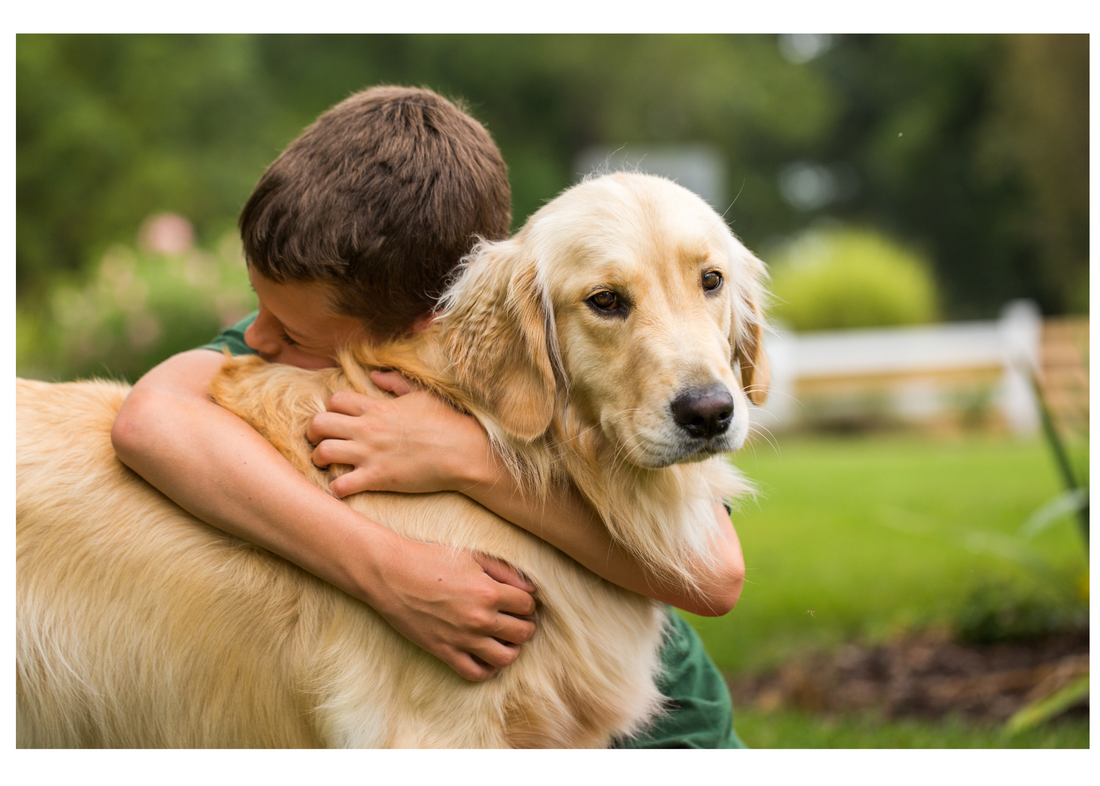Losing a pet can be a difficult and emotional experience for the whole family, especially for children who may be facing their first encounter with death. As a parent or guardian, it’s important to approach this sensitive topic with care, honesty, and compassion. Here are some tips for explaining pet death to kids in an age-appropriate manner and helping them through the grieving process.
1. Be Honest and Clear
Children need to understand the reality of what has happened, so it’s essential to use clear and honest language. Avoid euphemisms like “went to sleep” or “went away,” as these can be confusing and misleading.
Example:
- Instead of saying, “Fluffy went to sleep,” say, “Fluffy died. That means her body stopped working, and she won’t be coming back.”
2. Tailor the Conversation to Their Age
The way you explain the loss of a pet should be appropriate for the child’s age and developmental level.
For Young Children (Under 5):
- Use simple and direct language.
- Avoid abstract concepts.
- Answer questions briefly and honestly.
Example:
- “Buddy died, which means he’s not alive anymore. We won’t see him again, but we can remember him.”
For School-Age Children (6-12):
- Offer more detailed explanations.
- Allow them to express their feelings and ask questions.
- Be prepared to repeat information as they process it.
Example:
- “Max was very old, and his body couldn’t keep working. He died, and it’s okay to feel sad. Do you have any questions about what happened?”
For Teenagers:
- Use straightforward and honest language.
- Acknowledge their feelings and encourage open dialogue.
- Discuss the natural cycle of life and death.
Example:
- “Luna had been sick for a long time, and the vet couldn’t make her better. She died yesterday. It’s normal to feel a mix of emotions right now. Let’s talk about how you’re feeling.”
3. Encourage Emotional Expression
Let children know that it’s okay to feel sad, angry, confused, or even guilty. Encourage them to express their emotions through talking, drawing, writing, or other creative outlets.
Tips:
- Create a safe space for them to share their feelings.
- Validate their emotions and reassure them that grieving is a normal part of loss.
- Be patient and give them time to process their grief.
4. Share Your Own Feelings
Children often look to adults for cues on how to react in difficult situations. Sharing your own feelings can help them understand that it’s okay to grieve.
Example:
- “I’m feeling very sad that Charlie died too. It’s okay to cry and feel upset. We can help each other remember the happy times we had with him.”
5. Create a Memorial or Ritual
Creating a memorial or engaging in a ritual can help children process their grief and honor their pet’s memory. This can be as simple as holding a small ceremony, planting a tree, or creating a scrapbook of memories.
Ideas:
- Hold a small family gathering to share stories and memories.
- Make a photo album or scrapbook with pictures and mementos.
- Plant a tree or flowers in your pet’s favorite spot in the yard.
6. Provide Reassurance and Stability
The death of a pet can sometimes make children worry about the loss of other loved ones. Reassure them that you and other family members are healthy and that the feelings of sadness will become easier to manage over time.
Example:
- “It’s really sad that Patches died, but we are all here for each other. We will get through this together.”
7. Answer Questions Honestly
Children may have many questions about death and what happens after. Answer these questions as honestly and accurately as you can, considering your family’s beliefs and values.
Example:
- “When animals die, their bodies stop working, and they don’t feel any pain. Some people believe that their spirits go to a special place, like heaven, where they are happy.”
Talking to children about the loss of a pet is never easy, but approaching the conversation with honesty, compassion, and age-appropriate explanations can help them understand and cope with their feelings. By encouraging emotional expression, sharing your own feelings, and creating meaningful rituals, you can support your child through their grief and help them cherish the memory of their beloved pet. Getting them their own personal pet memorial keepsake be a helpful way of coping.

